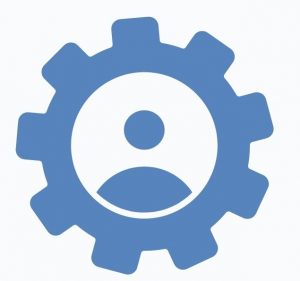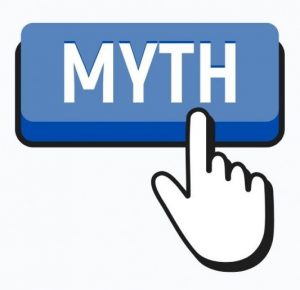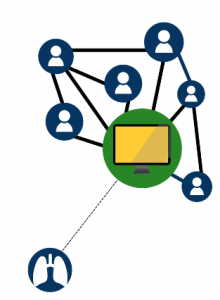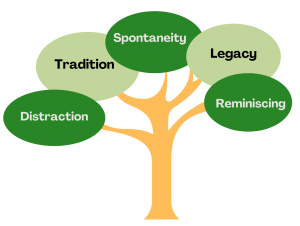 Participants had the individual capacity, it was the community that lacked capacity
Participants had the individual capacity, it was the community that lacked capacity
Participants daily use of digital technologies demonstrated the individual capacity. People were using technology quite regularly in their day-to-day life. It was the community and healthcare system that lacked technological resources to support social connectedness at the beginning of the pandemic. When the COVID-19 pandemic began all community programs shut-down and no online alternatives were offered to people.
 Dominant discourse may be discouraging technology use
Dominant discourse may be discouraging technology use
Participants across all income levels had developed multiple strategies to address online privacy and security concerns. The ongoing myths that “seniors do not use technology” may be reinforcing ageist myths as to who is “savvy” and “competent”. These assumptions may be discouraging people from going online and forming a community of their peers who are also using technology.
 Misalignment in having current technological strategies focused on tracking
Misalignment in having current technological strategies focused on tracking
Few participants used a technology to track health measures to monitor their progression and symptoms of COPD. Although people were using technologies to monitor other health measures (e.g., blood pressure), they found that the technologies provided for COPD were not helpful. People talked about not being offered many options of technologies to support their chronic lung condition.
The oximeter was one technology that people referenced for tracking their oxygen levels and heart rate. Few people in the early stages of COPD used oximeters, as they could sense when their breathing was being impacted, and did not need a technology to tell them to slow down and rest. However, people who were in the later stages of COPD found that an oximeter could be “a saviour“.
 Intentional separation of different worlds
Intentional separation of different worlds
Most participants did not go online to find out about or discuss their illness. However, people were using the internet for other activities, such as connecting with their grandchildren, meeting with their church group, or being a place to exchanges goods. Participants demonstrated how people with COPD may prefer to have their online world separate to their illness. By having this separation, it may provide a place of respite in thinking about one’s illness.
 There is the need for technology that encourage focusing on experiences of living
There is the need for technology that encourage focusing on experiences of living
What was revealed from what people shared is that digital technologies could provide a new avenue to support people living with COPD. It can provide opportunities for reminiscing, distraction and spontaneity that can support emotional and mental health. Intergenerational online connections that are supported online can provide opportunities to carry on tradition and create a legacy.